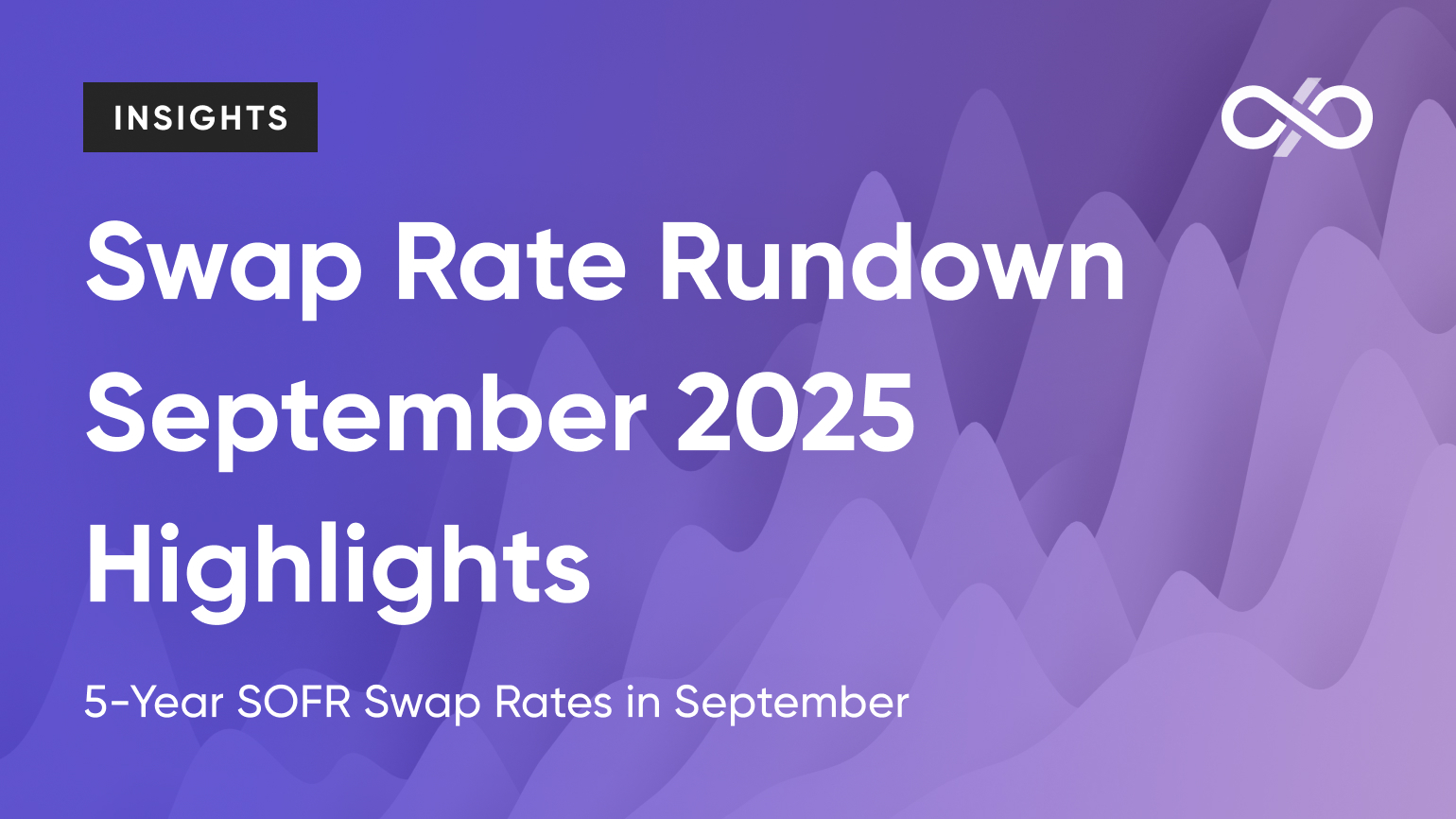Industries // Banks
Empowering regional and community banks with solutions for interest rate, FX, and commodity derivatives
We help banks reduce their interest rate risk, grow non-interest income and deliver differentiated services to commercial clients.






Our solution scales to your needs
Choose the level of support and technology that addresses your needs today with the flexibility to adapt and meet the needs of tomorrow.
Why leading banks trust Derivative Path
We help your institution enhance commercial offerings, optimize risk management, and streamline operations—without adding internal burden.
Protect your balance sheet from rate volatility through ALM hedging strategies and customer swap programs.
Drive non-interest income
Monetize hedging and FX services to deepen client relationships and diversify revenue streams.
Accelerate international payment capabilities
Deliver fast, transparent international payments directly through your banking platform.
Simplify hedge accounting
Automate compliance, testing, and reporting with audit-ready workflows that reduce manual effort.
Stay exam-ready
Prepare for regulatory reviews with expert guidance and platform documentation that keeps you audit-ready.
Eliminate operational friction
Technology-powered workflows make collateral management, payments, and resets effortless.
Solutions
Services and technology designed for banks
Data & Reporting Hub
Unify trade, exposure, and risk reporting for internal teams and regulators.
Banking Team
Experienced. Insightful. Ready to engage.
With deep backgrounds in banking, risk, and capital markets, our team understands the challenges regional and community banks face—and how to solve them.

Isaac Wheeler
Managing Director
Head of Balance Sheet Strategy

Frank Fiorilli
Managing Director
Co-Head of Bank Solutions

Ramon Rodriguez
Managing Director
Co-Head of Bank Solutions
About Us
Derivative Path has combined years of experience from the leading firms on Wall Street to create a powerful and beautiful technology solution for the unique workflows of our industry.
Learn moreRisk Management Advisory Firm of the Year

Best Cloud-Based Application Provider

Derivatives Technology Provider of the Year

Trusted by over 300 institutions
















































Insights
Explore more from Derivative Path
November 5, 2025
Hedging Strategies in Action: Q3 2025
October 3, 2025
Swap Rates Rundown: September 2025 Highlights
Let’s have a conversation
Schedule a personalized demo to see how our solutions can transform your risk management and operational workflows. Our experts are ready to discuss your specific needs.

























